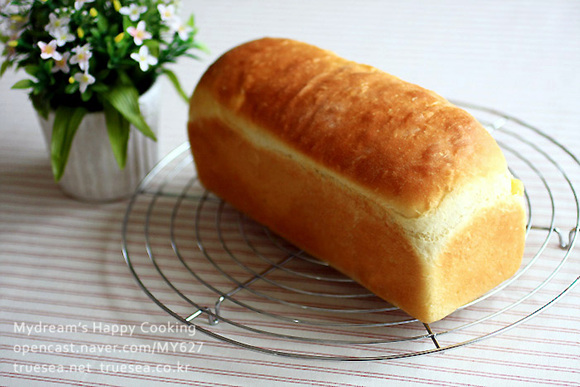
Roll cheese bread and almond bread
It's roll cheese bread and amonden bread, which are soft fermented bread like a baby's butt. If you cook it at home. It's incomparable to the bread you buy. It's low in calories, so it's less burdensome and savory than other breads.
5 serving
Within 90 minutes

마이드림
- Ingredients
-
-
Strong flour300g
-
powdered milk6g
-
unsalted butter12g
-
Dry East8g
-
Eggs1ea
-
Water180ml
-
Roll cheese1paper cup
-
Honey60g
-
Salt4g
-
- Cooking Steps
-
STEP 1/6Put the ingredients except butter in a bowl, and at first, the powder flies, so turn them slowly, and if you don't see any raw powder, speed up and knead until the dough is smooth.
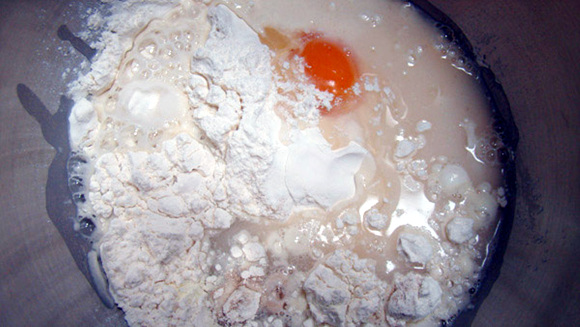 STEP 2/6Then add butter and knead enough to form gluten
STEP 2/6Then add butter and knead enough to form gluten
The dough was round, put in a bowl, and covered with plastic wrap, and the first fermentation was performed in a warm place for about an hour. Until the dough is doubled in size
It's good to have enough moisture when fermenting. So I put boiling water in a cup, put it in the oven, and press the fermentation button. If you don't have a fermentation function oven, you can put water in a water cup in the microwave and heat it enough to boil, and then ferment it in there.The space inside the microwave is small, so it ferments very well with the warm temperature and moisture of the boiling water in the cup.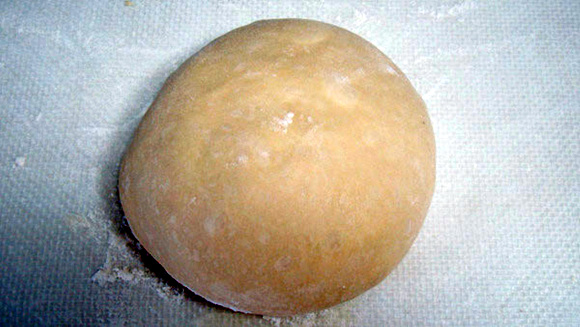 STEP 3/6After the first fermentation, take out the dough, circle it, cover it with a large bowl, and perform an intermediate fermentation for 15 minutes. This bread dough is very tough. So I don't know if it's softer. When you knead it later, you need to sprinkle flour so that the dough doesn't get on your hands. Roll the dough after medium fermentation with a rolling pin or widen it into rectangular shapes with your hands.
STEP 3/6After the first fermentation, take out the dough, circle it, cover it with a large bowl, and perform an intermediate fermentation for 15 minutes. This bread dough is very tough. So I don't know if it's softer. When you knead it later, you need to sprinkle flour so that the dough doesn't get on your hands. Roll the dough after medium fermentation with a rolling pin or widen it into rectangular shapes with your hands.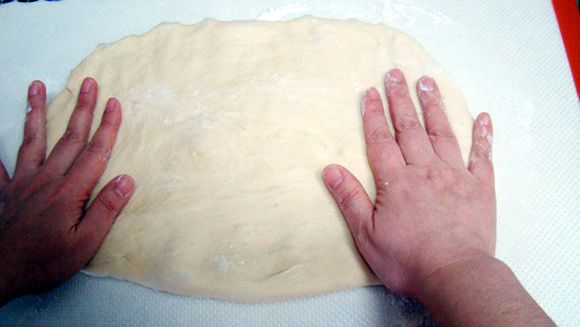 STEP 4/6Spread the roll cheese in the middle and roll it up to finish by pinching the ends.
STEP 4/6Spread the roll cheese in the middle and roll it up to finish by pinching the ends.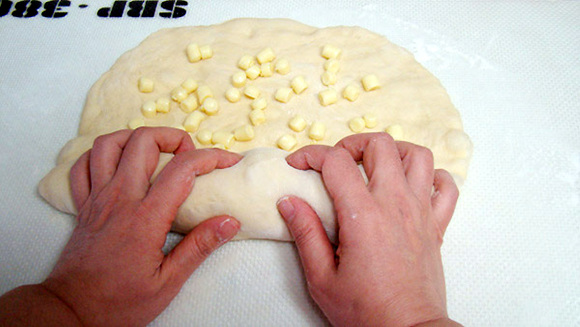 STEP 5/6Place the finished part in a bread mold so that it goes down and perform a second fermentation for about 40 minutes in a warm and humid place.
STEP 5/6Place the finished part in a bread mold so that it goes down and perform a second fermentation for about 40 minutes in a warm and humid place.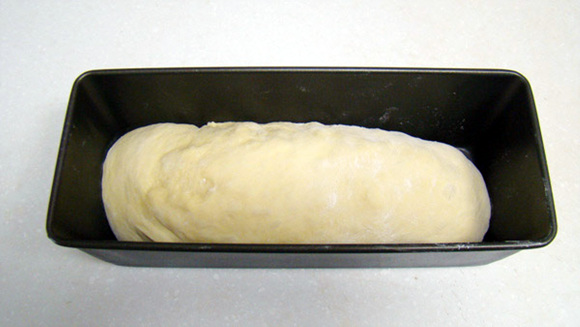 STEP 6/6The second fermentation is just right when the top of the dough matches the height of the bread mold. After this swelling, the dough was taken out, milk or egg mixture was applied with a brush on the top, and baked in a 190-degree convection oven for 20 minutes. My oven burns quickly because of its good firepower, but it usually takes about 25 minutes to bake.
STEP 6/6The second fermentation is just right when the top of the dough matches the height of the bread mold. After this swelling, the dough was taken out, milk or egg mixture was applied with a brush on the top, and baked in a 190-degree convection oven for 20 minutes. My oven burns quickly because of its good firepower, but it usually takes about 25 minutes to bake.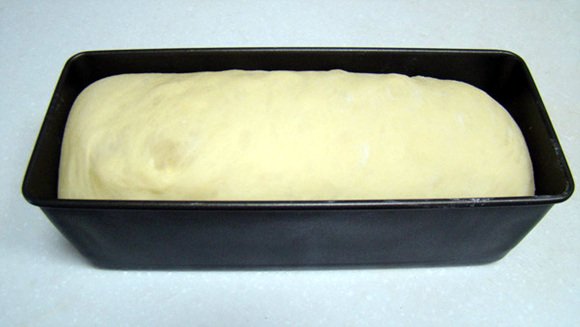
- stir-fried Rice Cake Recommended recipe
-
-
1
 Shinjeon Tteokbokki Secret Recipe Simple Home Cooked Food4.89(28)
Shinjeon Tteokbokki Secret Recipe Simple Home Cooked Food4.89(28) -
2
 Following Maritel Baek Ju-bu's oil tteokbokki,4.98(40)
Following Maritel Baek Ju-bu's oil tteokbokki,4.98(40) -
3
 Jongwon Baek Tteokbokki Recipe / Delicious Tteokbokki Recommenda4.83(36)
Jongwon Baek Tteokbokki Recipe / Delicious Tteokbokki Recommenda4.83(36) -
4
 Soy sauce tteok-bokki. Good for kids, good snacks4.67(33)
Soy sauce tteok-bokki. Good for kids, good snacks4.67(33)
-
- Bibimbap Recommended recipe
-
-
1
 The menu that the actress ate. Super simple avocado pollack bibi4.98(48)
The menu that the actress ate. Super simple avocado pollack bibi4.98(48) -
2
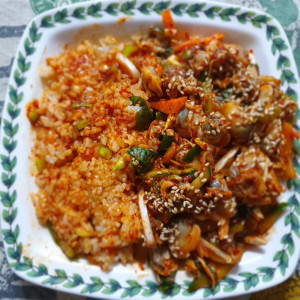 Cockle bibimbap5.00(8)
Cockle bibimbap5.00(8) -
3
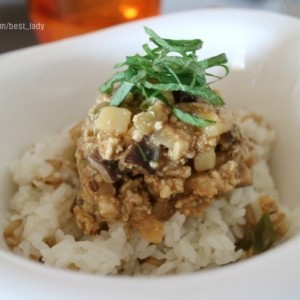 Vegetable Kang Doenjang & Kang Doenjang Bibimbap with potatoes a4.94(17)
Vegetable Kang Doenjang & Kang Doenjang Bibimbap with potatoes a4.94(17) -
4
 How to make tuna lettuce bibimbap. Bringing summer taste with go5.00(12)
How to make tuna lettuce bibimbap. Bringing summer taste with go5.00(12)
-